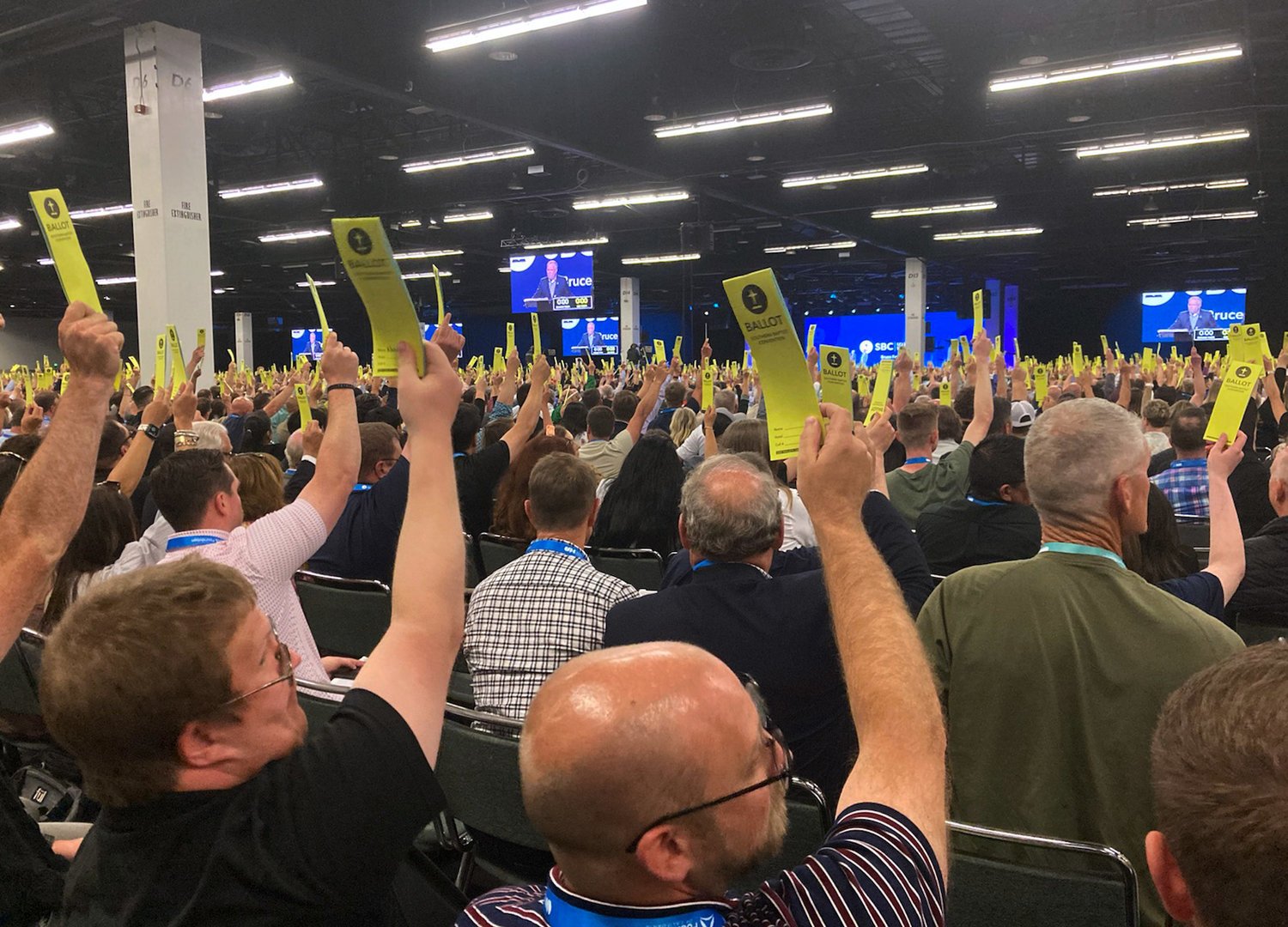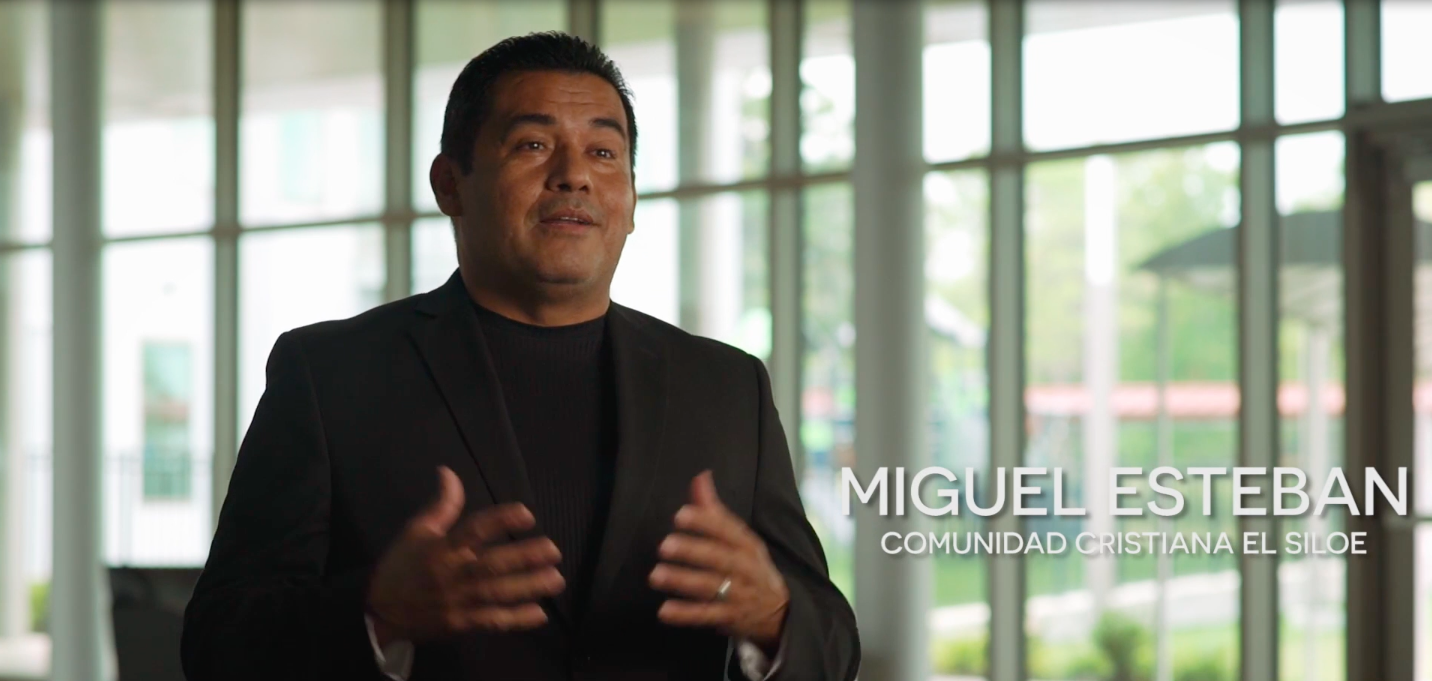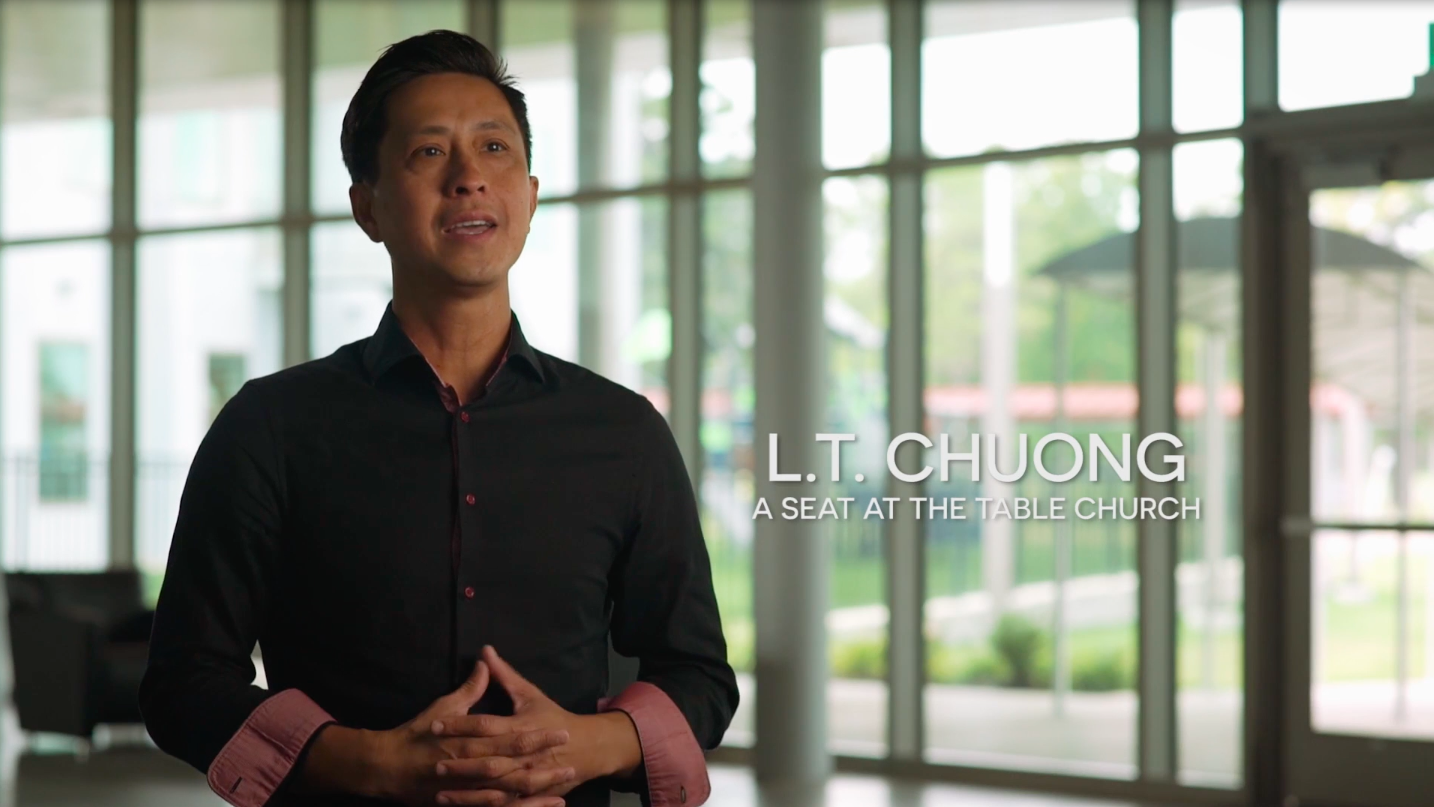We're Intentionally Getting Smaller—And Here's Why
If you know anything about UBA, you probably have heard it said, “UBA is the largest association in SBC life.” Virtually every time I’m introduced to an individual or a crowd, that statement accompanies my name like it’s a flattering extension of my title. The same could be said of my predecessor, under whom UBA’s longest period of growth occurred.
There’s nothing wrong with being big. But when Hurricane Harvey happened in 2017, our inability to reach several of the 550 churches on our roll begged the question: who are the churches of UBA really?
Understanding Our Size and Membership
There are a lot of reasons for the size of UBA, but the most significant factor is our geography. We have an extraordinarily large city (4th in the US) in a large county (Harris county is almost 1,800 square miles) with only one association. Places like Los Angeles and Atlanta have multiple counties and associations in a similar sized area.
We have a rich history. UBA was the first association in Texas and helped to form the first state convention. UBA still retains a few member churches from its earliest days, such as Houston’s First Baptist Church–a member since its beginning in 1841–and eleven additional churches that have been members for more than 100 years.
We have substantial diversity. The ethnic diversity of Houston is reflected among the member congregations of UBA: roughly one third of our churches are predominantly Anglo, one third are predominantly African American, and the remaining third are Hispanic, Asian, and other people groups.
Add all that up and UBA was once over 600 churches—on paper. Note the crucial detail: on paper. We had become a typical Baptist church: our membership roll was one story, while the churches in an active relationship was an entirely different one.
Asking the Question: "Who are We?"
If you’ve ever seen a thrilling end to a sports event, you might have seen crowds “storm” the field. The feeling is easily understood—the supporters of the winning team want to celebrate the victory alongside the players on the field. And if the crowd of people storming the field is wearing team colors or replica jerseys, it can be momentarily difficult to distinguish the players from the crowd.
In 2019, the staff of UBA set out to distinguish the players on the team from the crowd wearing replica jerseys. We spent an entire year updating our roll, making calls, sending emails, having coffee and lunches with pastors and church staff, visiting churches during the week and on Sundays, and even in some cases dropping in unannounced when every other mode of communication failed.
“We want every church to be a committed part of what UBA is, but membership will look different from this point forward.”
We did this with a simple and loving message: “We want every church to be a committed part of what UBA is, but membership will look different from this point forward.”
Before going any further, I know what some of you are thinking: “It’s all about the money.” No. We ask every church to do the same: invest in the work and share the burden. For some churches that amount is and should be greater than others, but we have no minimum giving threshold. We ask churches to give sacrificially because they believe in the work and the mission.
And here’s a fun fact: in the last decade, no more than 45% of UBA churches have contributed anything in any given year. So returning to the sports analogy, we clearly had churches that were part of the team on the field and others who were watching from the sideline.
Membership Should Mean Something
Through consultation with the Moderator Team and the Associational Leadership Council, the messengers approved changes to the UBA bylaws determining membership in UBA. Membership used to be determined by a signed covenant, whereas the ability to seat a messenger (those who can vote on association business and sit in leadership positions) was limited to those member churches that financially supported the association and turned in an Annual Church Profile (ACP). In other words, a church could remain a member on the roll in perpetuity while not supporting or engaging in the work of the association.
Membership in UBA is now determined by covenant and a church’s engagement, demonstrated by the church’s willingness to invest in the work and share the burden of truly being a collaborative network of churches strategically advancing the gospel of Jesus Christ.
For a church to be considered an active member of UBA, it must have contributed financially in one of the three most recent years and have had meaningful, two-way communication with the association in some way, which we measure by taking part in a service, consultation, fellowship, attending a program, having UBA staff visit the church, etc. For churches to seat Messengers, churches must be active and had financially contributed in the most recent 12 months.
Here are the real differences between the old and new systems. UBA is still very interested in understanding what is happening in the churches, and while the ACP is part of that effort, it is no longer required for membership. Financial contributions alone are no longer enough to signal that a church is in active partnership with the association, nor is a relational connection when there is no financial support. And finally, churches who fail to maintain their active status in three consecutive years will be removed from the roll. After that time, they must petition to rejoin the association through the watchcare process.
Confronting the Vanity Metrics
“We had become a typical Baptist church: our membership roll was one story, while the churches in an active relationship was an entirely different one. ”
I’ll be honest. I value transparency. I’m a nut for good statistics.
However, I also didn’t want to be the new executive director of the largest association in SBC life that dramatically reduced its size in the first year of his tenure. A lot of questions went through my mind late at night.
Would we lose esteem of people and organizations that value us for our size? Would we be criticized for losing churches and seemingly fulfilling the doomsday scenarios of denominational demise that are so prevalent these days? Would my leadership be criticized because apparently the new guy can’t handle the weight of all those churches like his predecessor? 1
There are numerous reasons that churches have decided to join UBA over the years, but probably fewer reasons that churches decided to intentionally remain a part of the association. We simply want to focus on those reasons. We’re not concerned with being the biggest association. We want to be an association that is the most intentional about the Great Commission and fueled by the most committed member churches.
So from now on, you’ll only hear the staff refer to our size by the number of active churches we have. As of right now, that number is approximately 315 churches in UBA. I believe this number will only increase in the years to come. But we’re not trying to grow for growth’s sake. We’re trying to be intentional, innovative, and collaborative because the Great Commission can’t be accomplished any other way.
#BetterTogether
Josh Ellis is Executive Director of Union Baptist Association. He has a PhD in Leadership Studies and has served on the UBA staff since 2005. With both practical and scholarly knowledge, he leads the association into innovative collaboration for the sake of strategic gospel advancement.
1 That last part still might be right, just maybe not proven by this example










